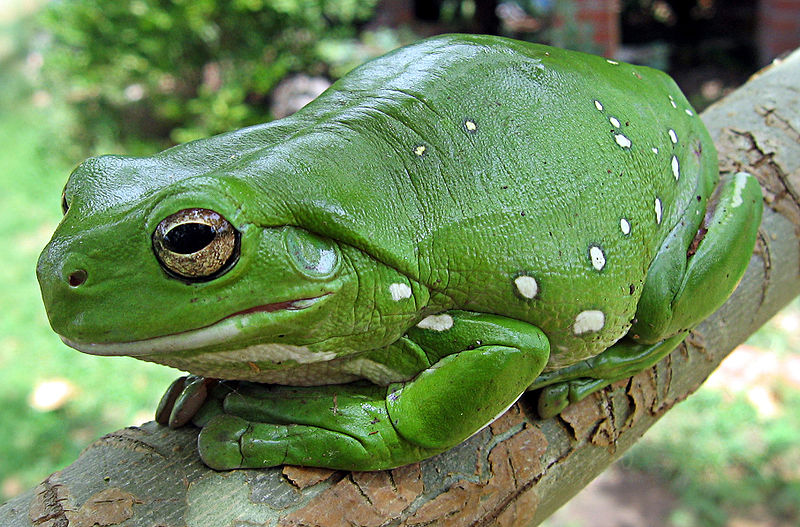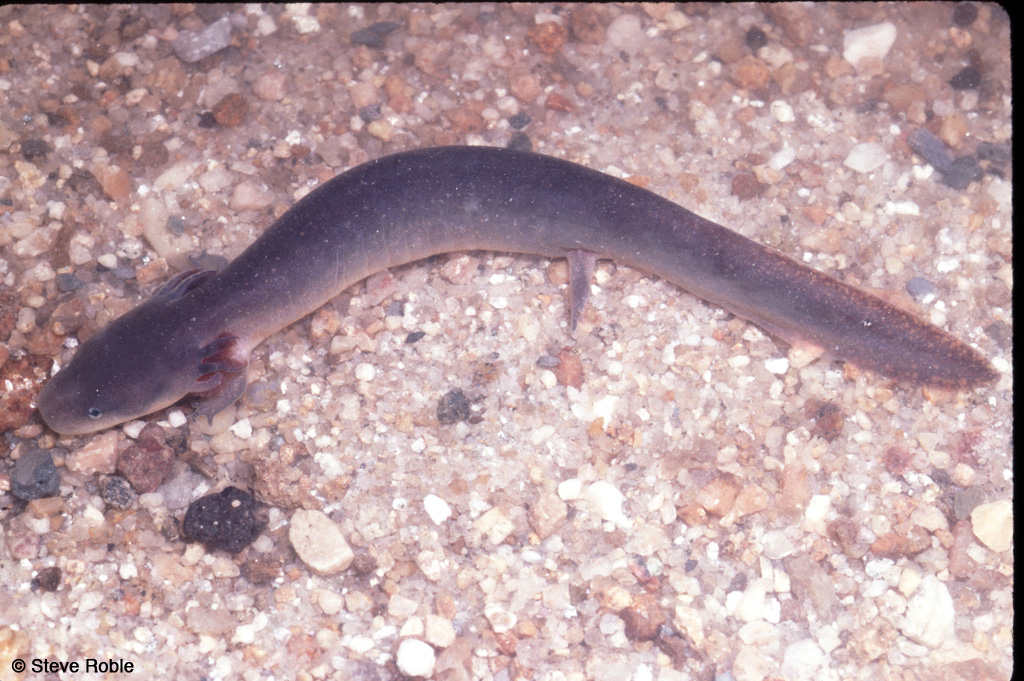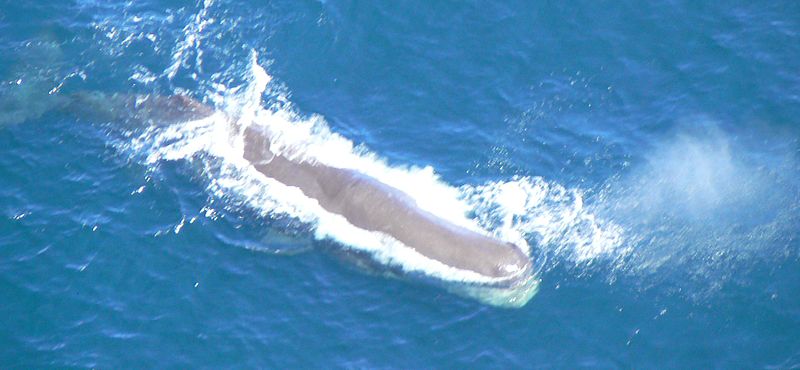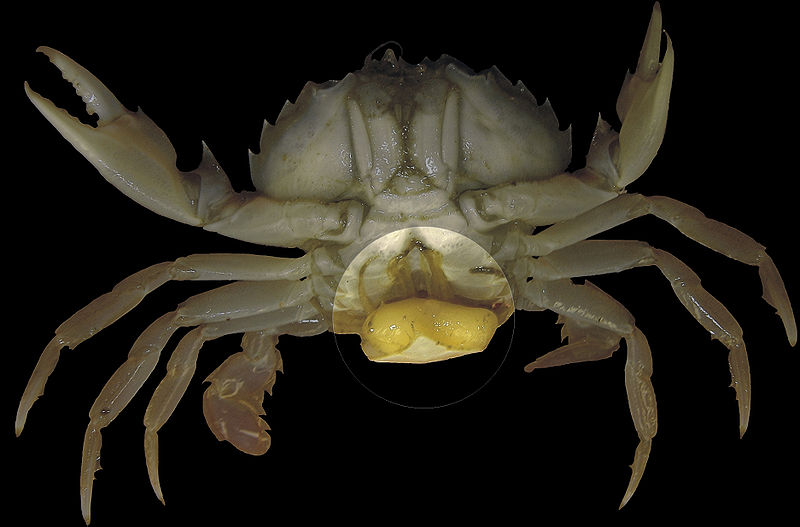
I hope all of you had a great weekend and managed to enjoy the fleeting days of summer (or winter if you live in the southern hemisphere). In case you forgot, this weeks Wild Facts will be dedicated to parasites. The previous two that we looked at were more of your typical “worm-like” parasites. Today we are going to discover a barnacle that infects crabs. Yes, you read that right. A barnacle like the ones you see on the side of a big ship. Unfortunately, this parasite looks nothing like the barnacles you find on a ship though (see picture below for proof). They are classed as barnacles since they have similar larval forms as other barnacles. This particular one doesn’t even have a common name (as far as I can tell) and is referred to by their scientific name, Sacculina carcini. For the purpose of this Wild Fact, I am going to call it a Barnaclesite.
This Barnaclesite will just hang out in the water until they catch the scent of a wandering crab. At this point they will ride the water until they land on the armour of the poor unsuspecting crab. After successfully landing on the crab the Barnaclesite will crawl around until it finds a hole in their armour. This spot is usually on their arm where the hair of the crab protrudes from. Now that they found a chink in the armor the parasite will inject a long, hollow tube into the crab and deposit a blob-like substance comprised of a few cells. The barnacle will then shed most of their body and will spend out the rest of their life in the form of a microscopic slug.
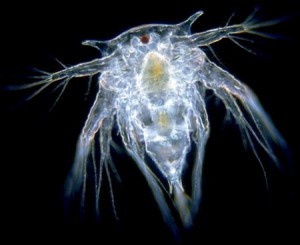
This slug which I will now refer to as a “Slugasite” will settle down in the crab’s underside where it forms a large bulb in the crab’s shell. As the parasite grows the bulb will also grow and can now be considered a knob like structure on the underbelly of the crab. Poor little crab! Interestingly enough each female parasite will usually carry two males along with her so they will constantly breed and produce new baby parasites. Yuck!
This is the really fascinating part. The crab becomes a mindless zombie and will stop growing as well as moulting. All of this energy is directed to the parasite. This next part is genius on the parasites part. Remember that knob that the slugasite formed? Well it just so happens to be sitting in the exact same location as a healthy crab’s brood pouch. Normally the crab would keep their babies in this pouch and would constantly groom them so algae and fungi couldn’t grow (because having those parasites would be gross!). An infected crab though treats this parasitic knob like it’s baby. They will groom it and even help disperse the parasitic larvae by waving its claws to send the parasites through the water column. How depressing and messed up is this for the poor crab? By the way, that larvae she helped disperse will hang out and start the whole process over on another unsuspecting crab.
Well that just about does it for today’s Parasitic Wild Fact. Stay tuned for another interesting fact tomorrow.




